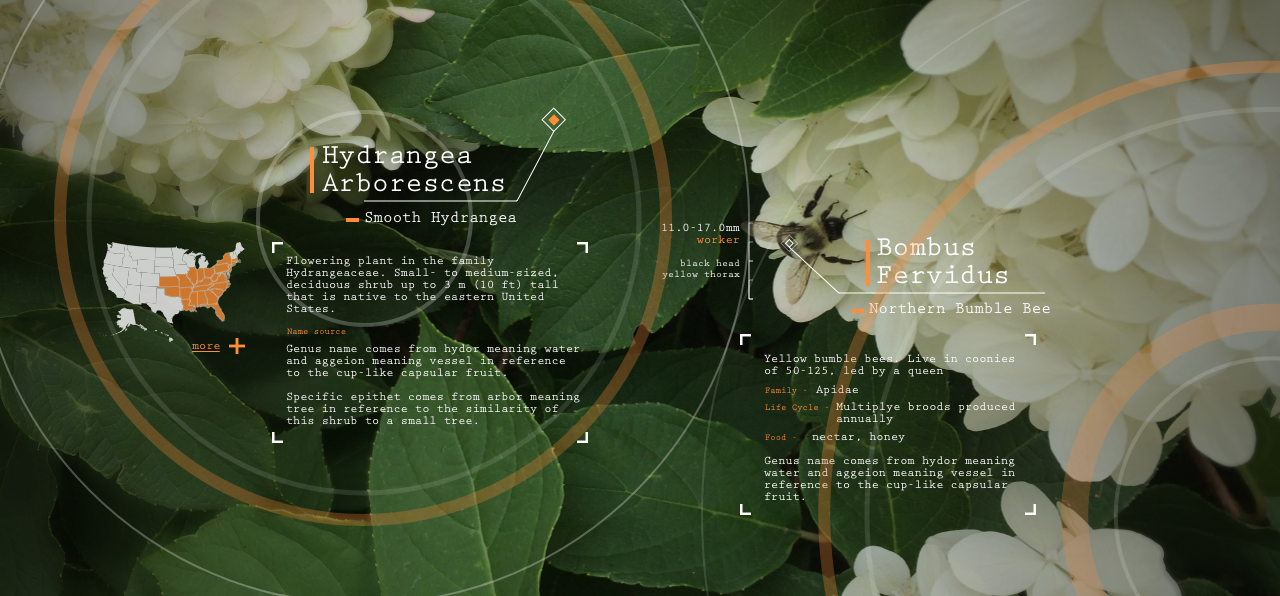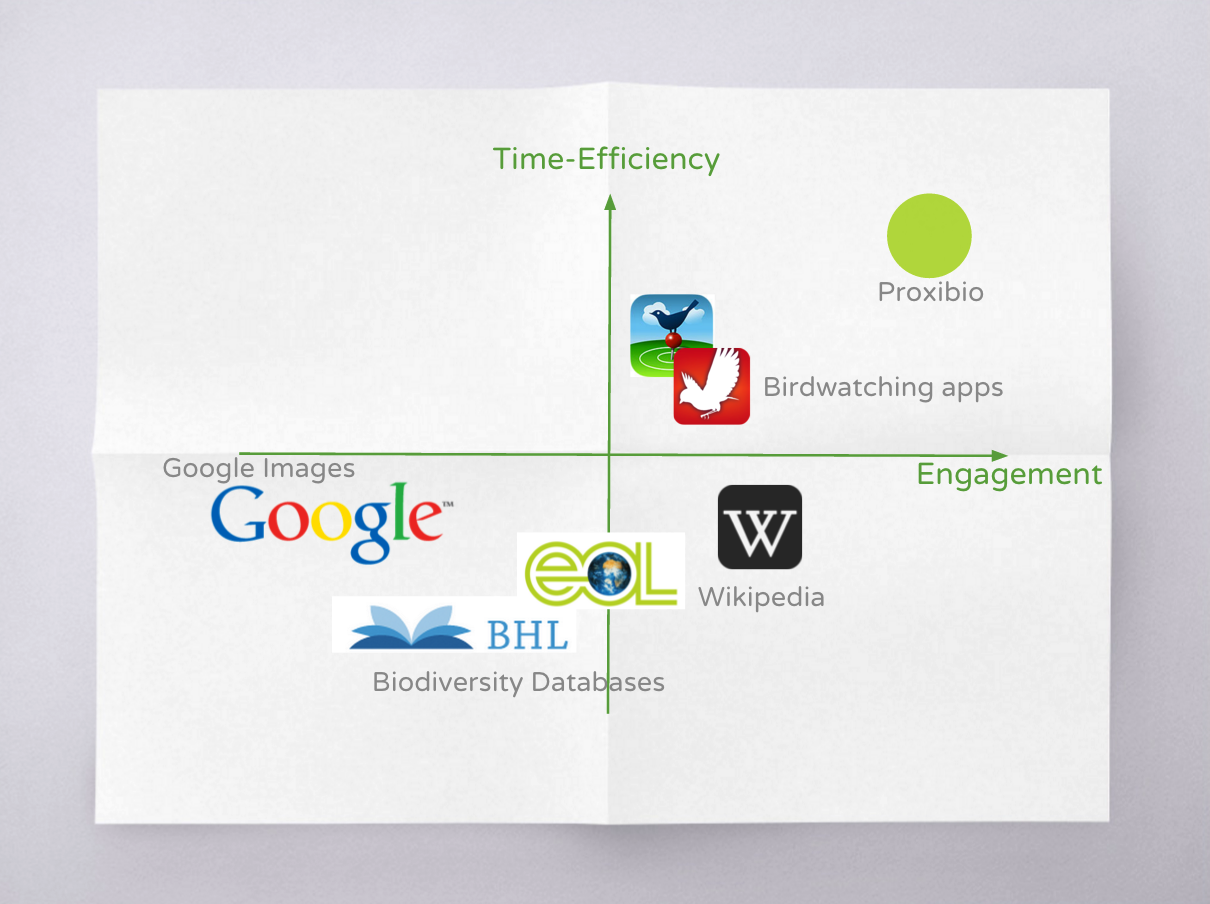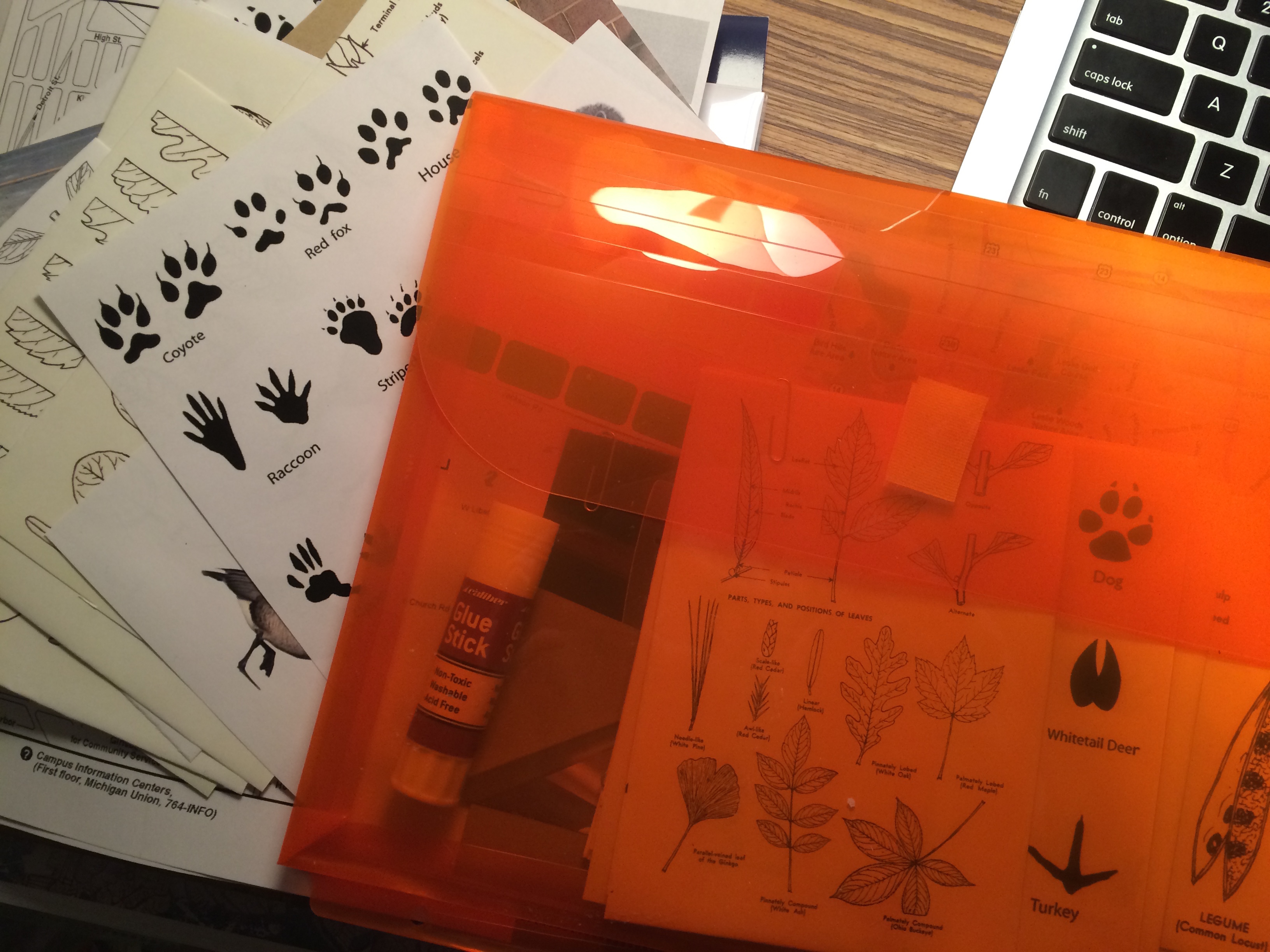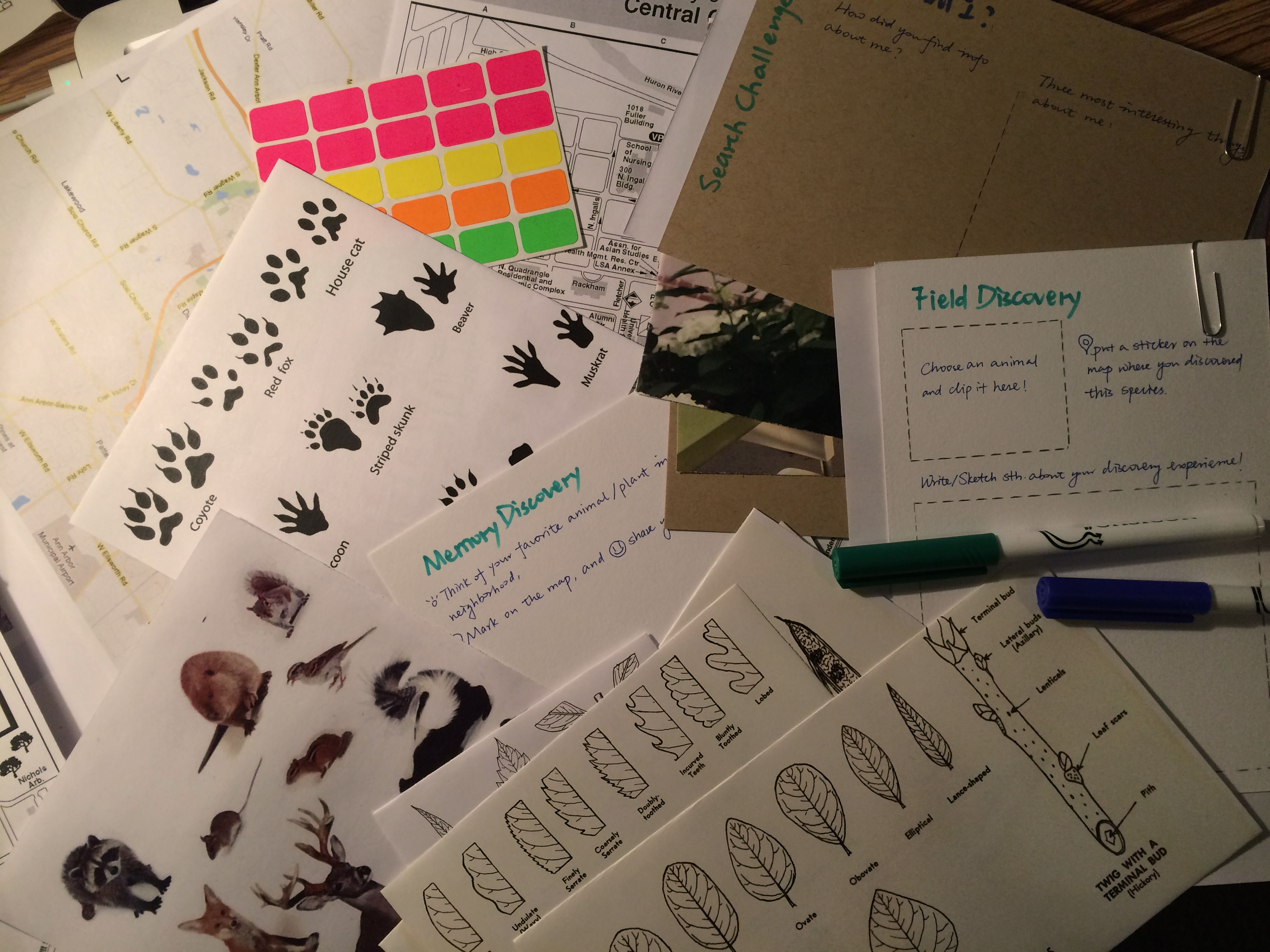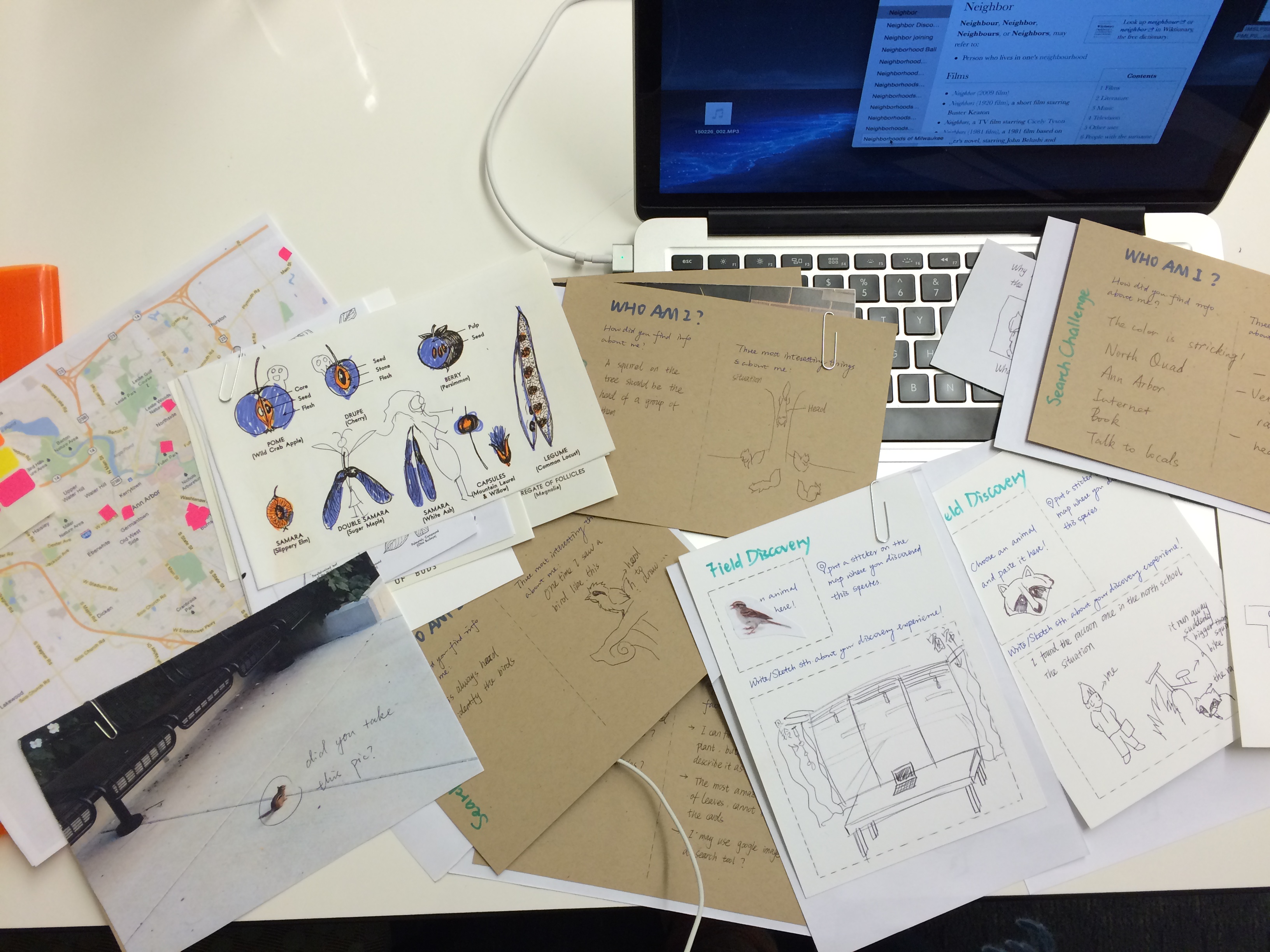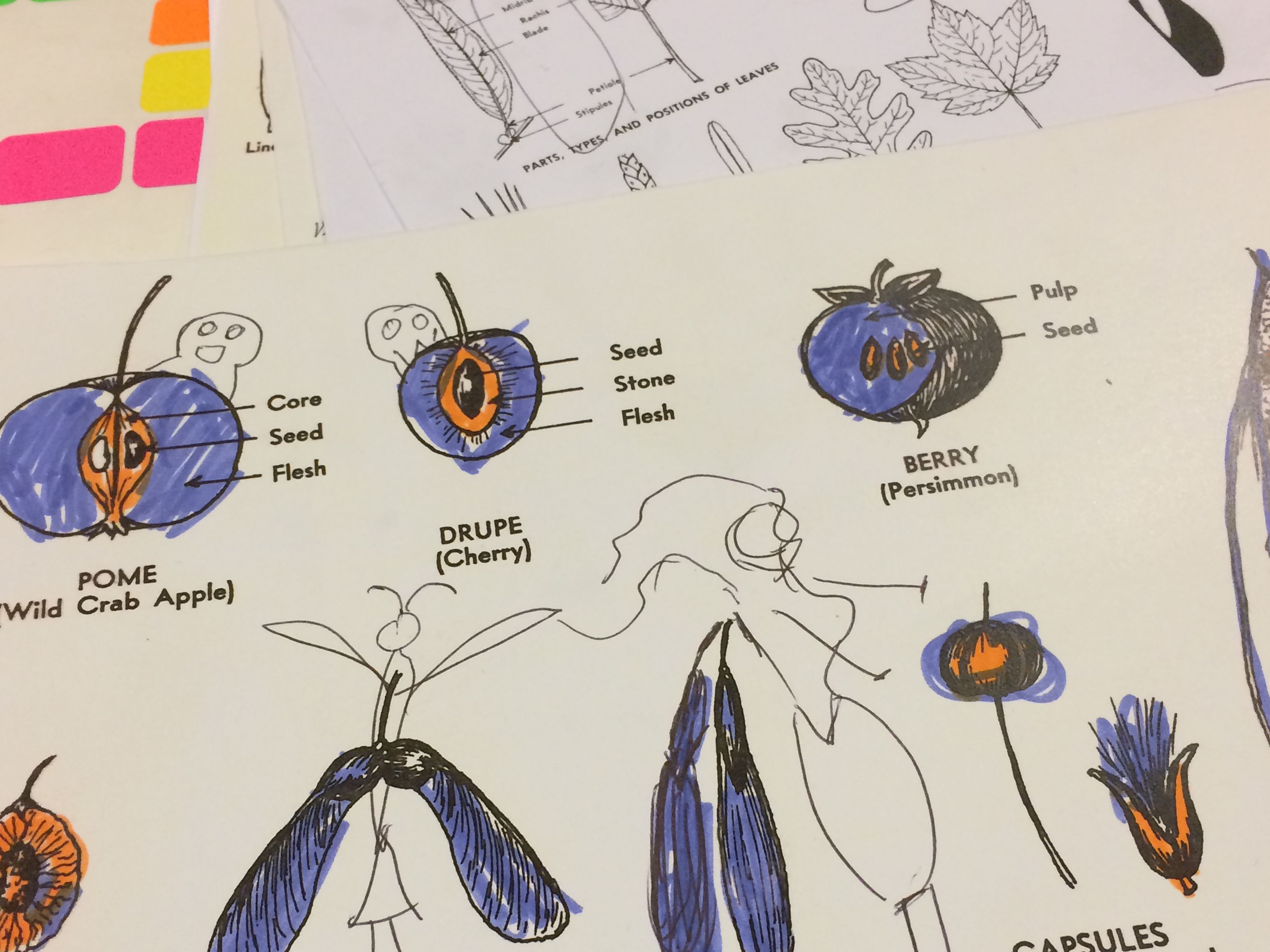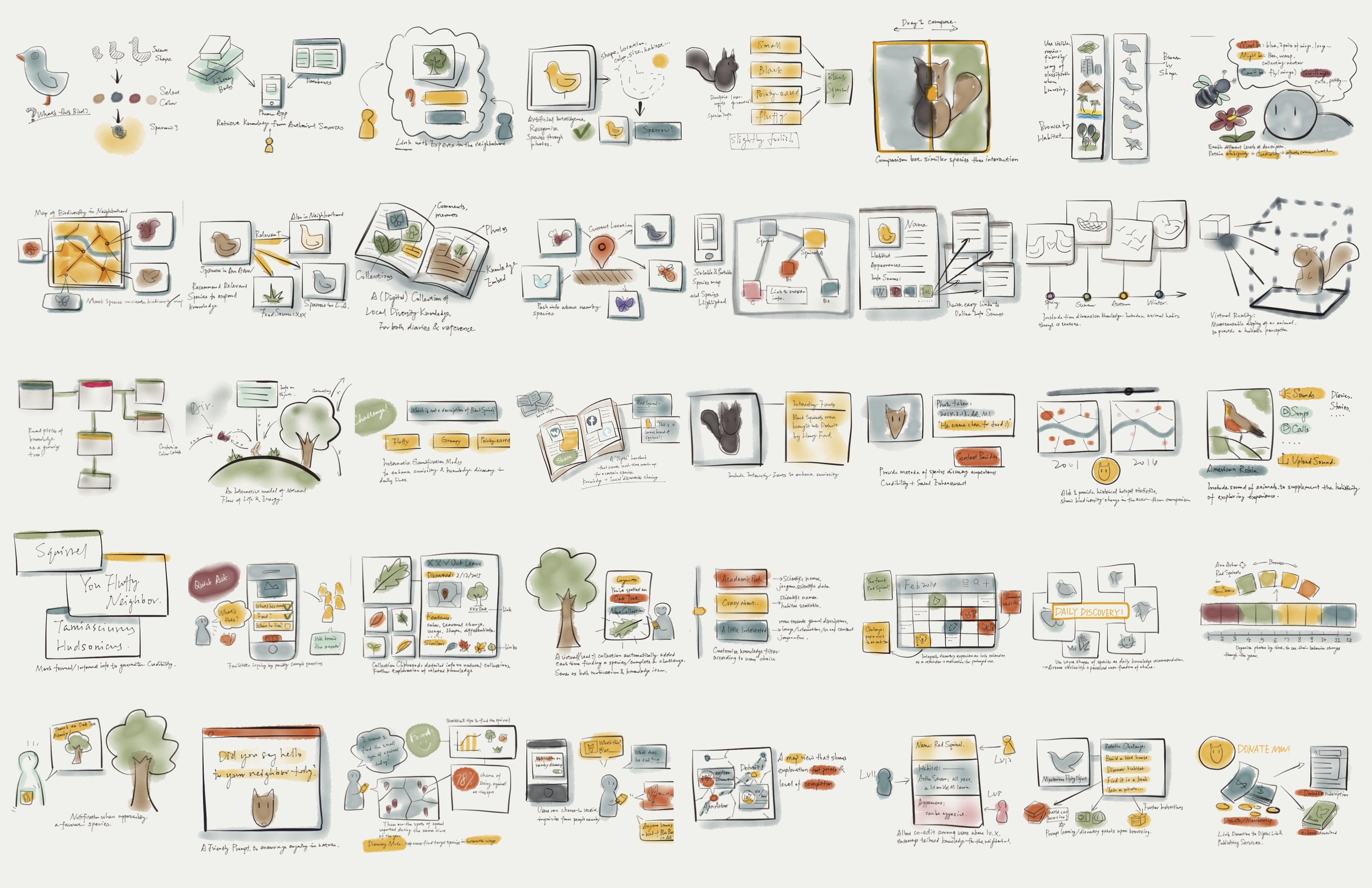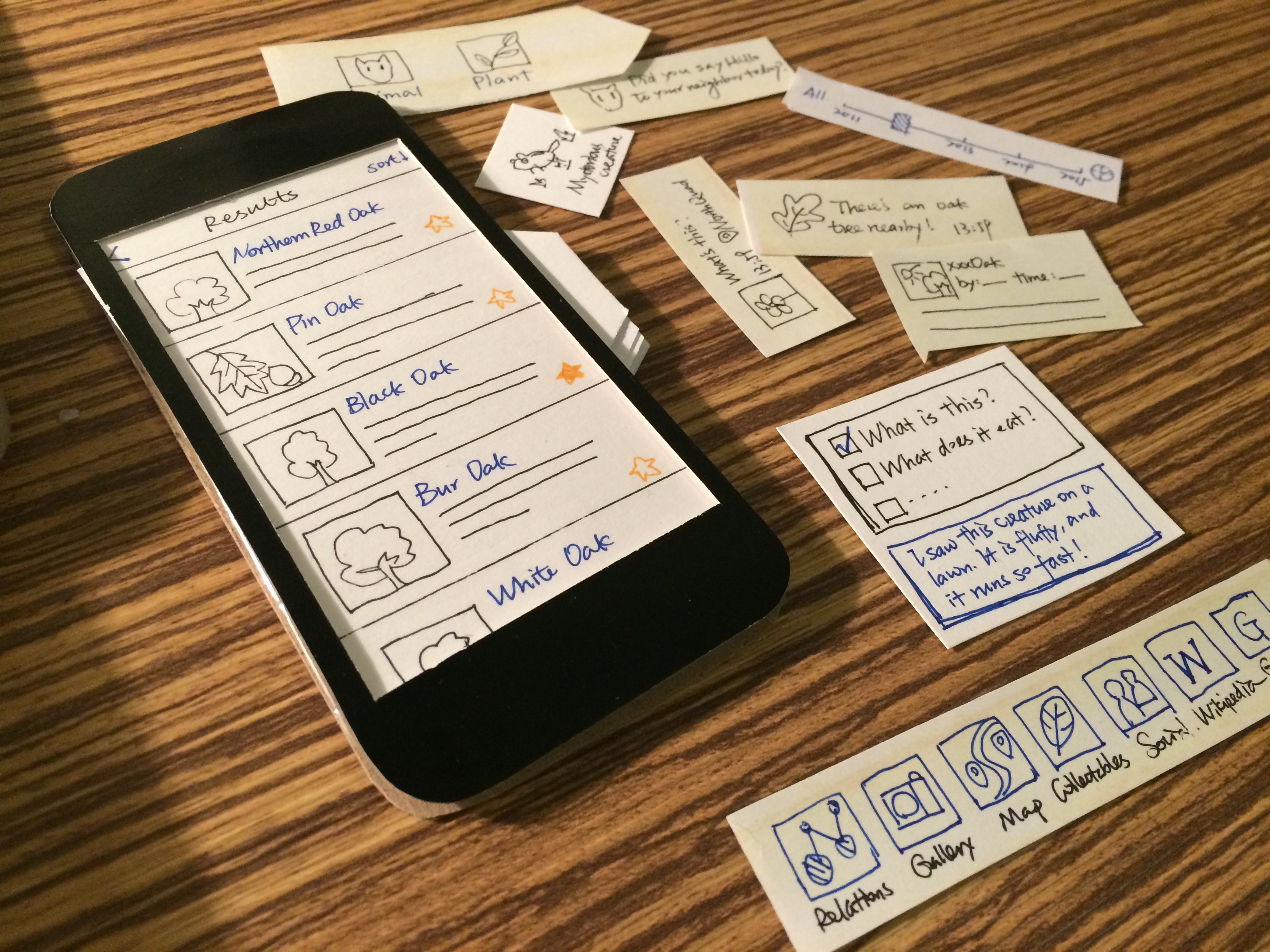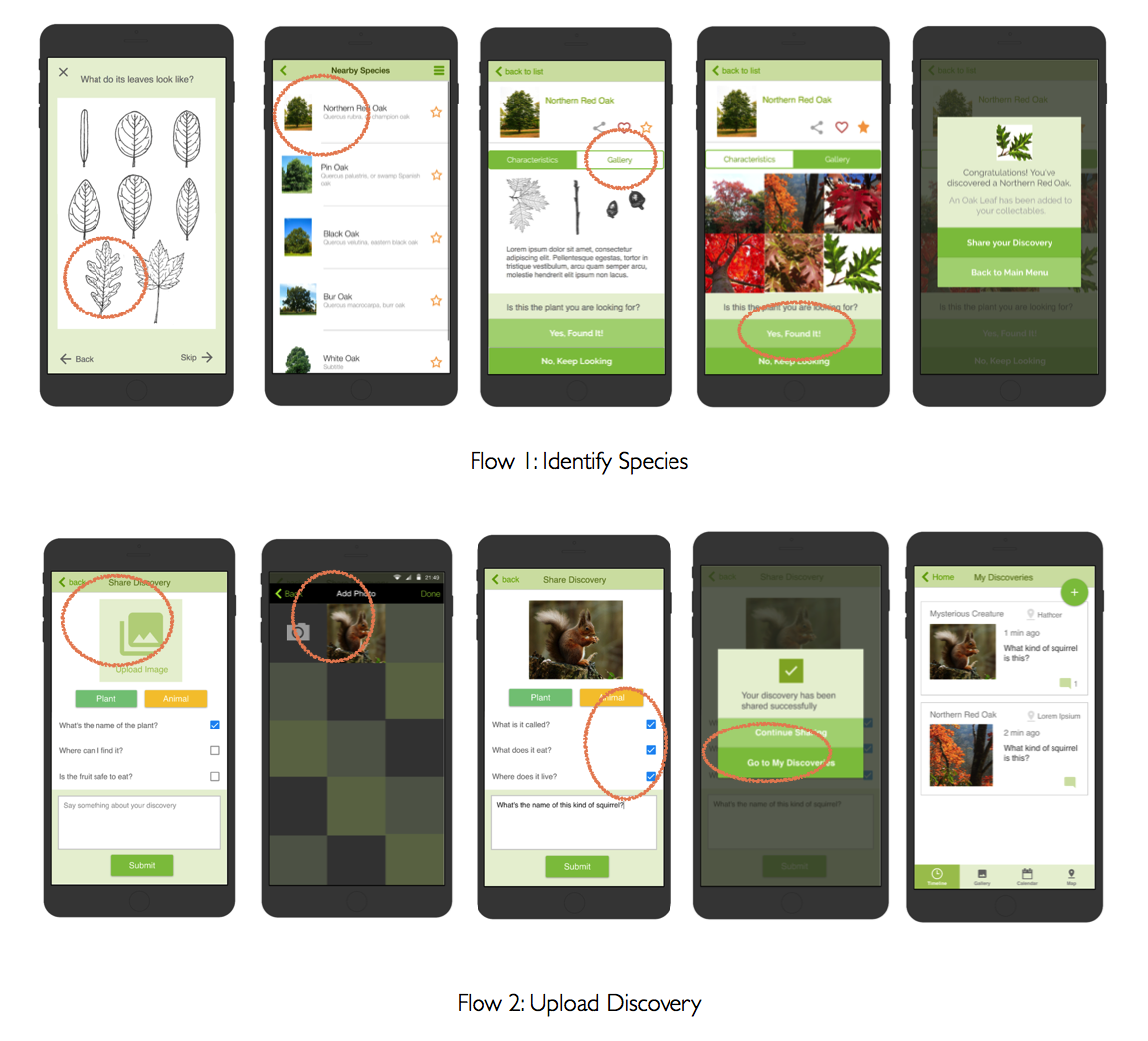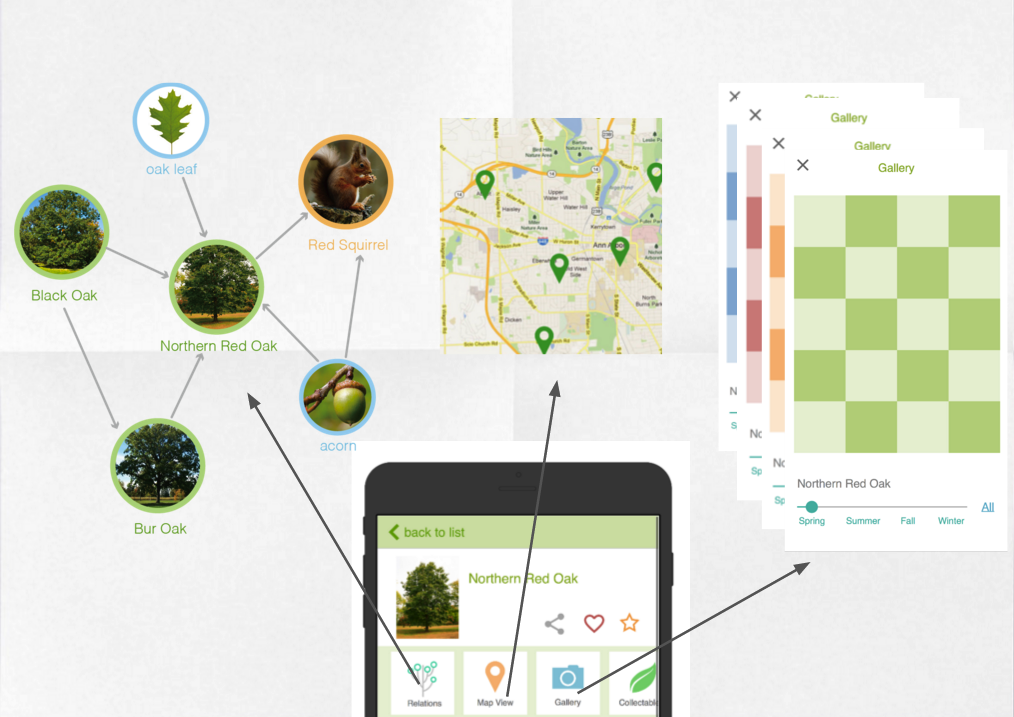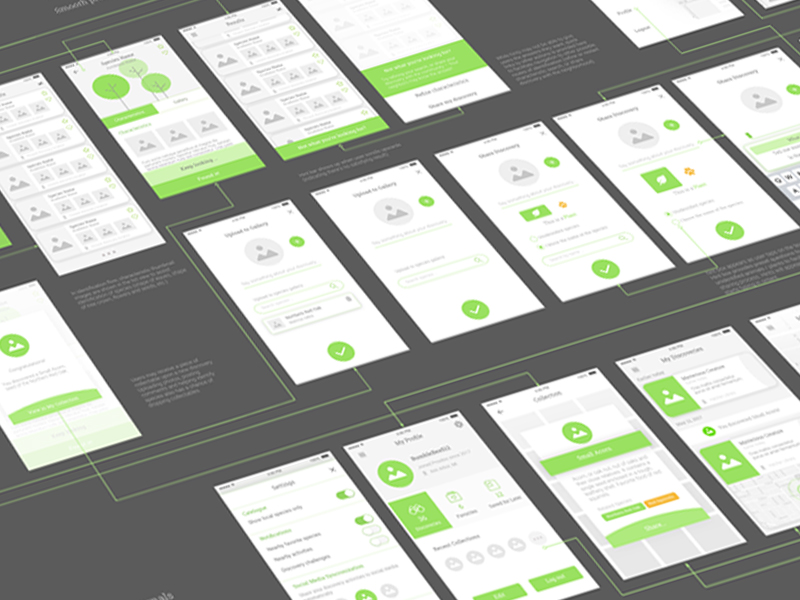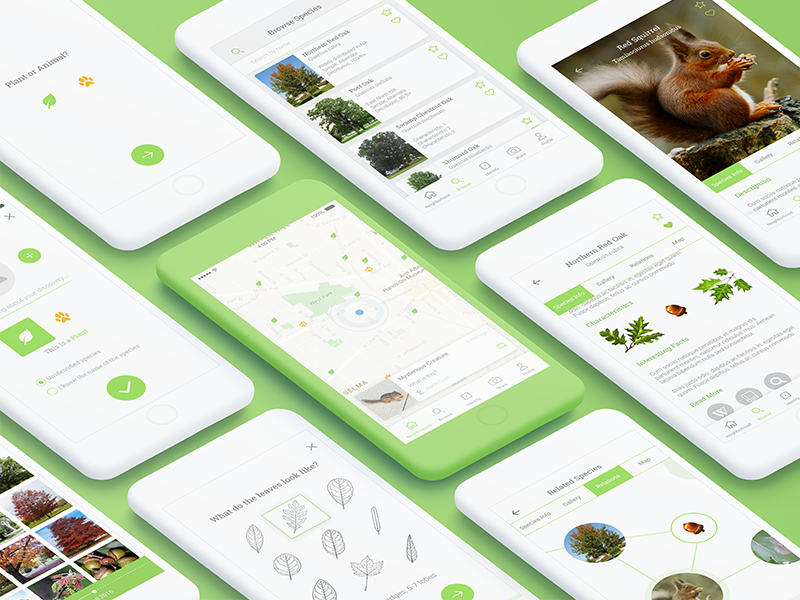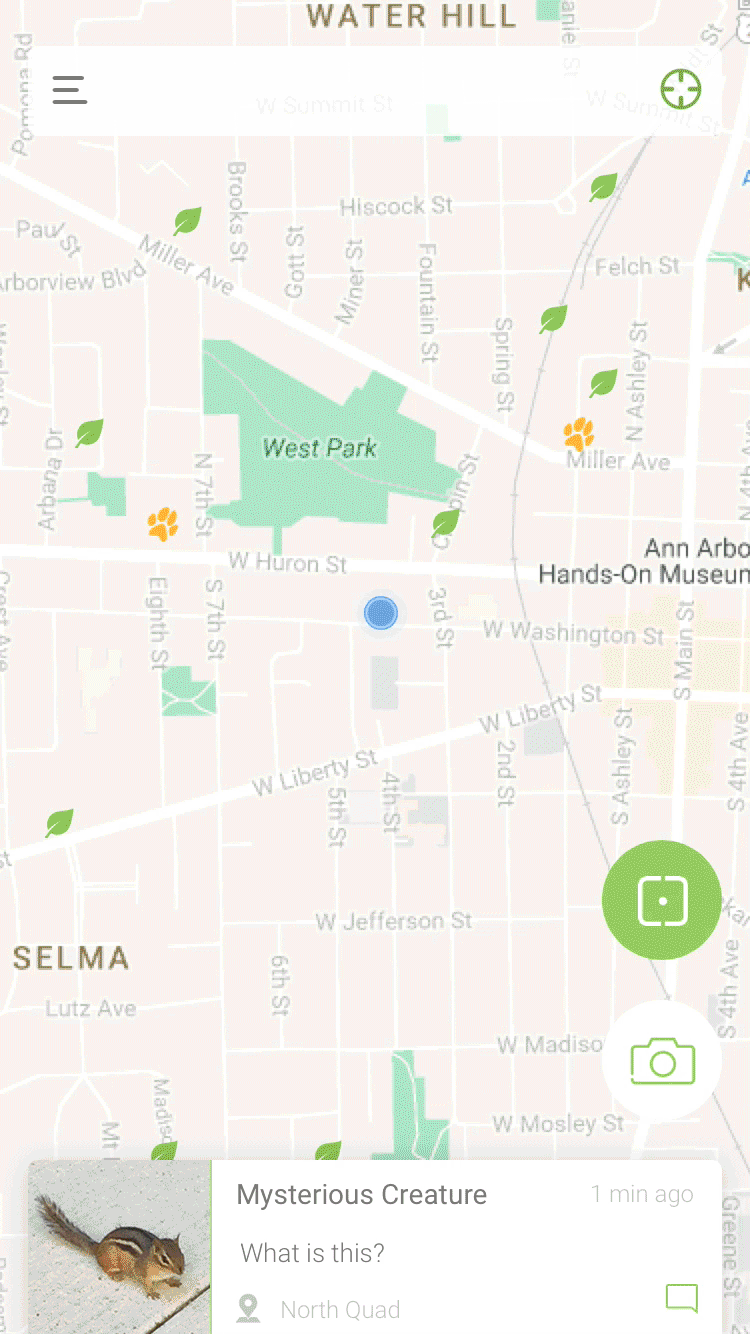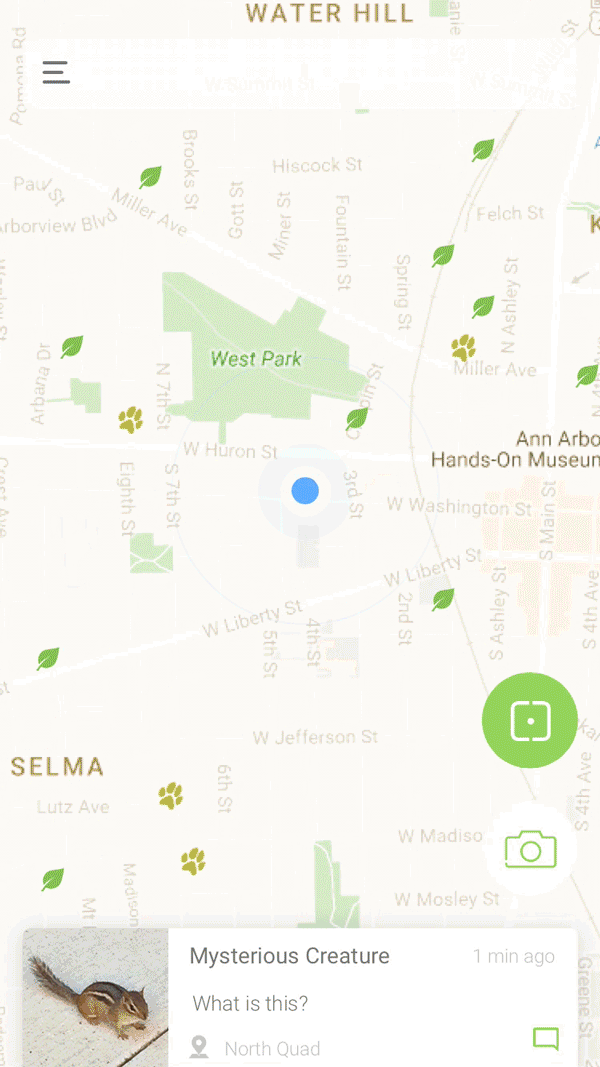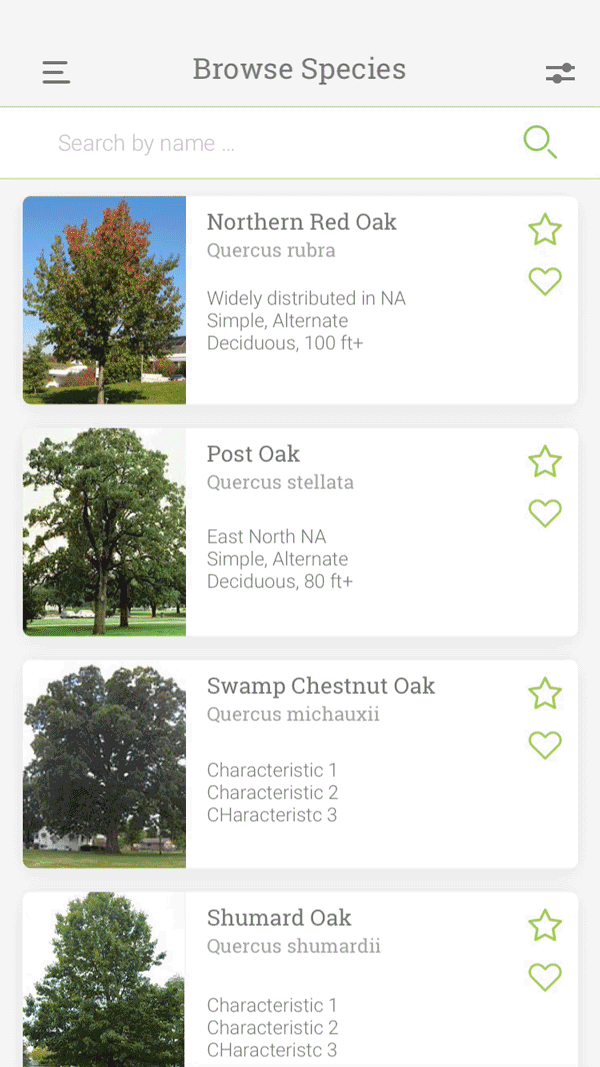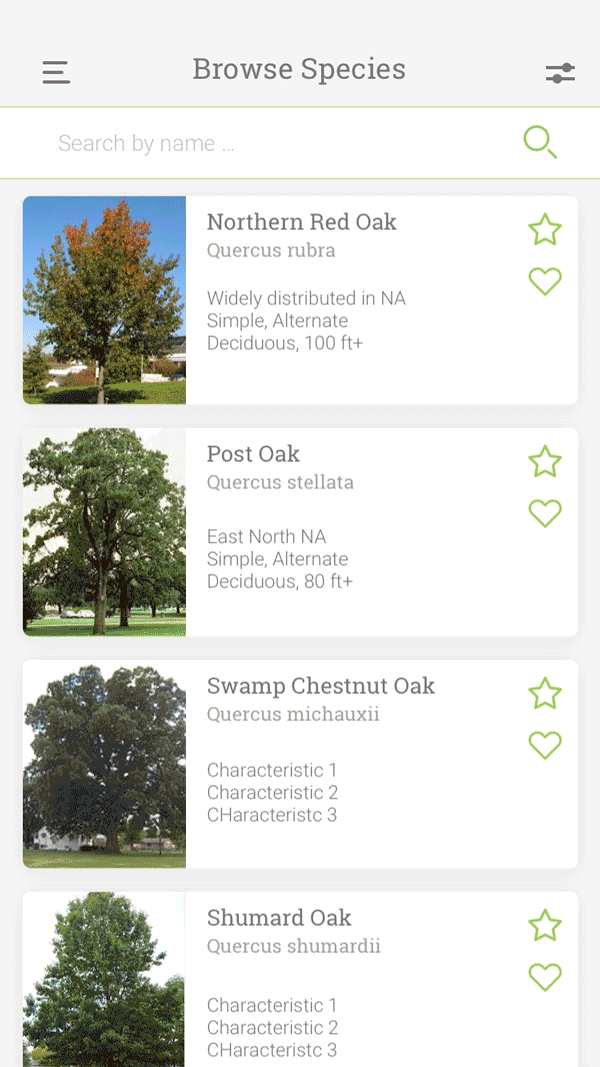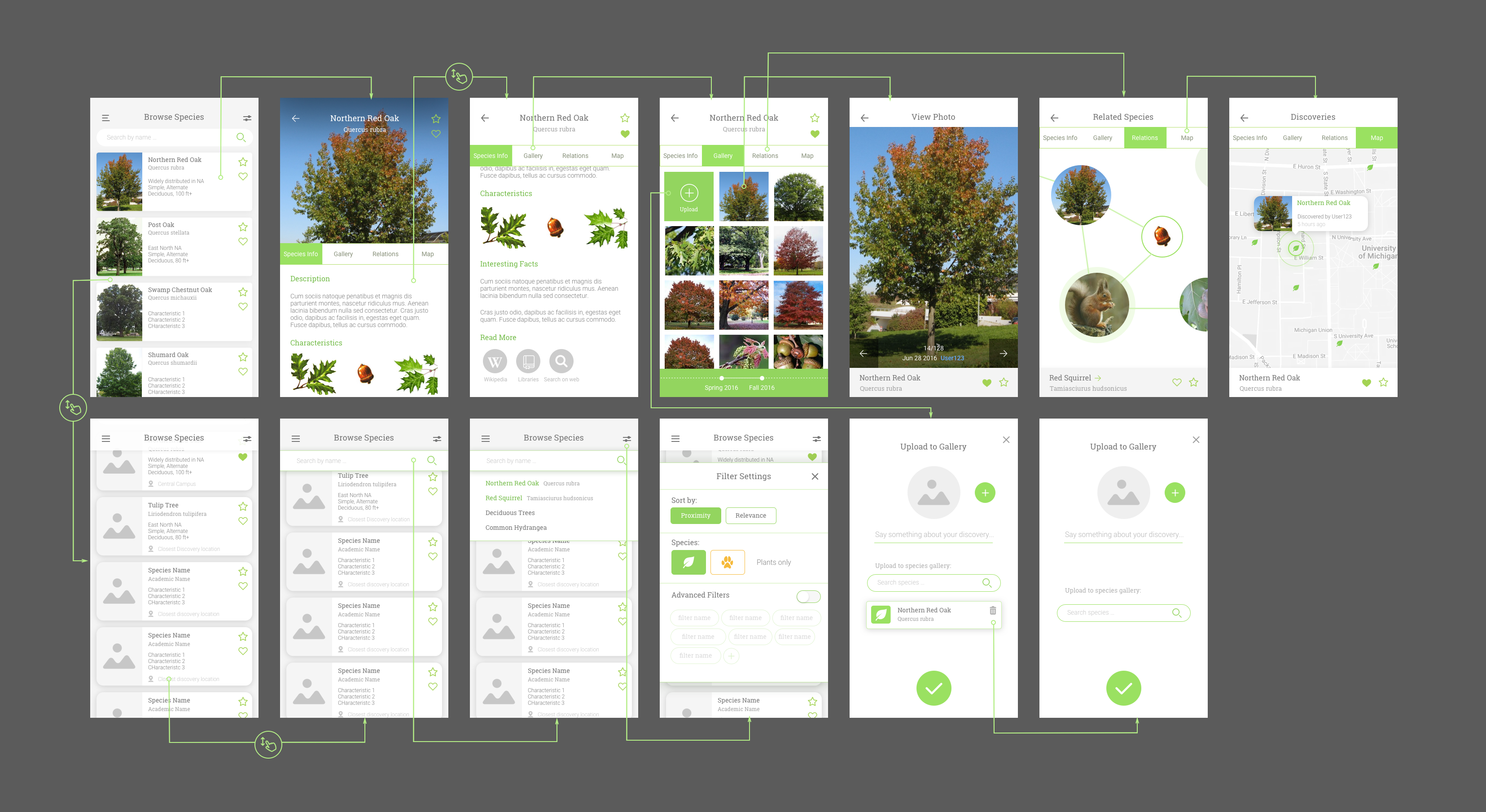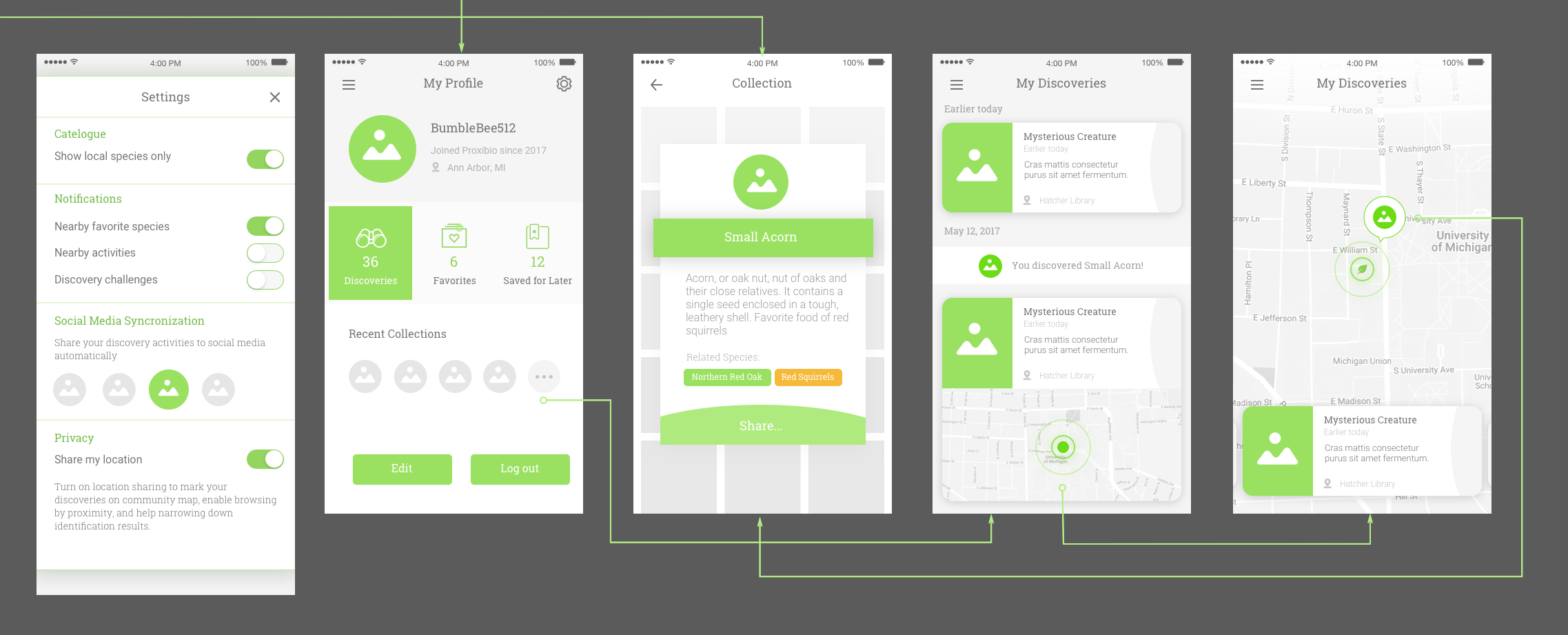Nearly everyone has the experience of gazing upon a mysterious being, the amazingly strange yet strangely familiar residents that share our neighborhood. It could be a squirrel passing through a road, a falcon flying across the sky, or a nameless flower, blooming quietly alongside our everyday path to school. We would like to know more about our neighbors, yet such curiosity fades away quickly, as we walked past the strange being into our own daily matters.
To gain accurate information based on these random encounters is no easy task. It is unlikely that people would have a local species guide in their pocket all the time. Other information resources, such as google, wikipedia search, and various online biodiversity databases, require dedicated time and effort for searching, and inevitably rely on user's base knowledge in order to yield reliable information.
The purpose of this design exercise, is to understand the curiosity people expereince when coming across natural beings around them, and to explore ways of organizing / presenting biodiversity information resources, turning user's transient curiosity into a sustained learning experience. To reach the goal of education and sustained learning, the solution needs to be easily learnable, highly efficient and engaging for long-term use. Except from core values such as accuracy and reliability, I intend to explore novel ways of presenting biodiversity knowledge, which is highly contextual and closely connected to the neighborhood as a whole.









